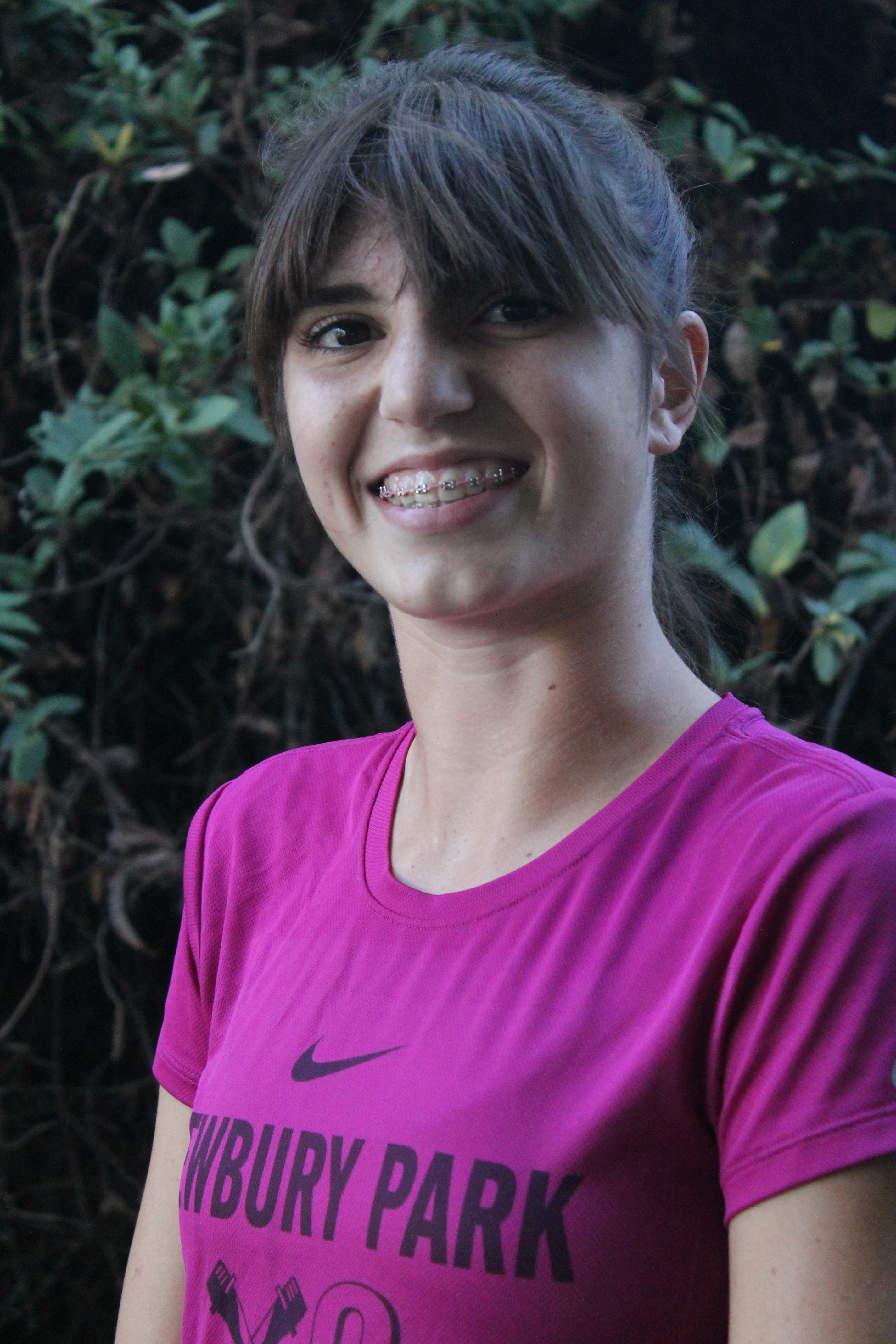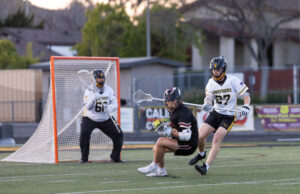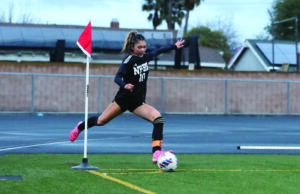Tackling Transfers
With colleges and universities recruiting athletes, high school athletic programs are being increasingly scrutinized, with more attention than ever being focused on student transfers who may have changed schools due to athletic motivation.
Newbury Park High School athletics is monitored by the California Interscholastic Federation (CIF) which aims to “reinforce the principle that students attend school to receive an education first; athletic participation is secondary” (CIF website).
The rules laid out by the CIF are designed to create an equal playing field for each high school under its purview. This means that student transfers who wish to play sports must be thoroughly screened for athletic motivation, as the CIF does not view a school’s athletic opportunities to be an acceptable reason for a student to switch schools. Evidence of athletic motivation could point to the recruitment of athletes which is not permitted by the CIF. “Offices may limit eligibility for a student when there is evidence the transfer, or move is made to acquire athletic participation at School B,” according to CIF guidelines.
As a standard penalty for transferring schools within the CIF, the student must not play in any game or match before the designated sit out period time ends.
Kelly Welch, Athletic Director and Assistant Principal, is very involved in the athletic screening process for transfers.
“For CIF I have to … do unannounced visits to the home (and) make sure that they are not giving a fake address… or that multiple people aren’t using the same address,” Welch said. The confirmation of a valid residence is important in the transfer process, as some student athletes will fake their residency so they can play at a certain school.
“I think in the last couple years in Southern California within the southern section of CIF it does appear that things have gotten a little bit out of control with the transfers.” Welch commented.
Senior Dominic Thomas, a transfer from Thousand Oaks High School who runs track and cross country, understands why the rules are in place, despite his eagerness to contribute to his new team.
“It’s been a bit of a burden having to wait a couple of months to run, but … I’m just glad that I’m going to be able to support my team at the end of the year when it really counts,” Thomas said.
The former La Reina High School cross country runner, Isabella Manos, junior, also made the switch this year, her sit-out period ending earlier this month on Oct. 5.
“It was frustrating not being able to run, but it was fun cheering on my teammates,” Manos said, “(My parents) were anxious at first and nervous, but now they’re fine with it and they’re confident in my decision (to transfer).”
Though the CIF is currently a powerful force within high school athletics, its authority may begin to dwindle as increasing numbers of transfers overwhelm the system. This year, the school has had 33 student transfers, reflecting a growing trend in California high schools. According to the Los Angeles Times, about 15,000 student athletes in California transfer each school year. “It does appear that there are a lot of transfers and (still) a lot of questions about students transferring for athletic motivation,” Welch said.




